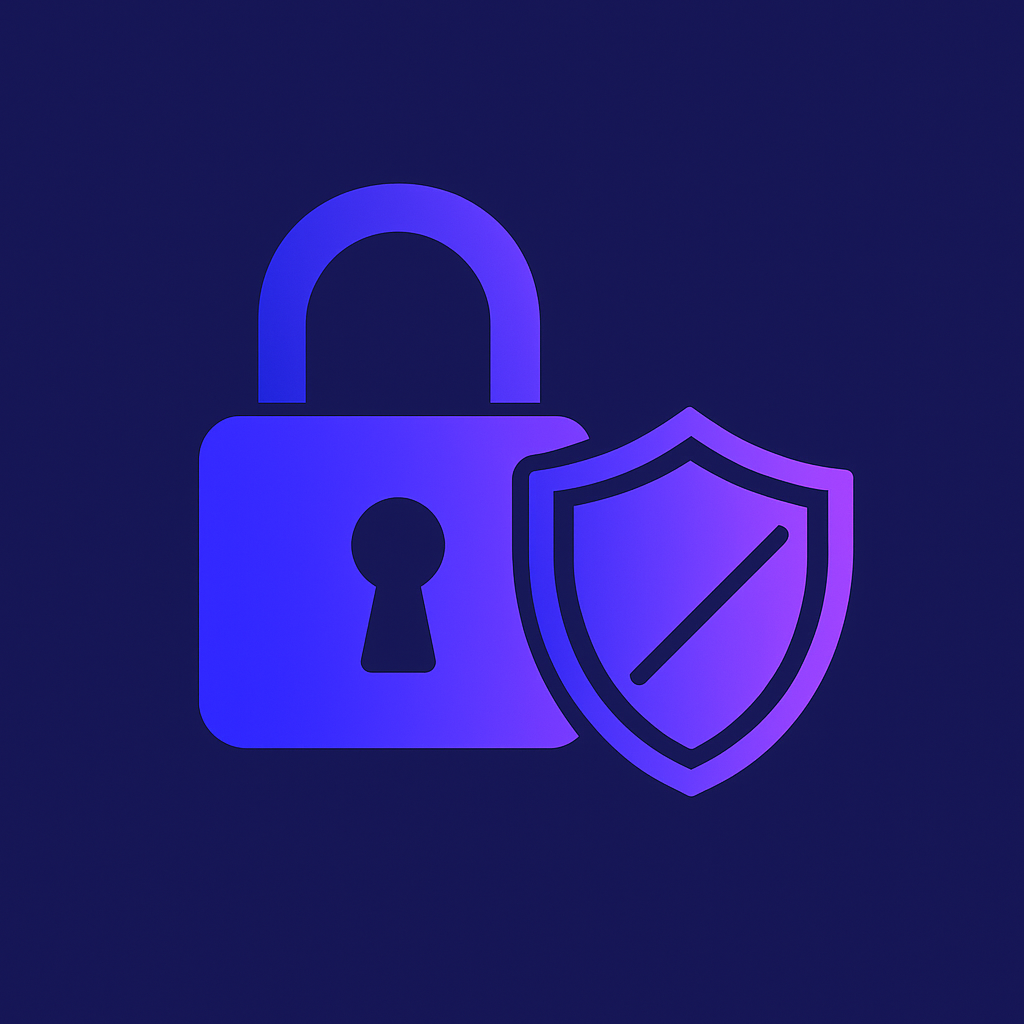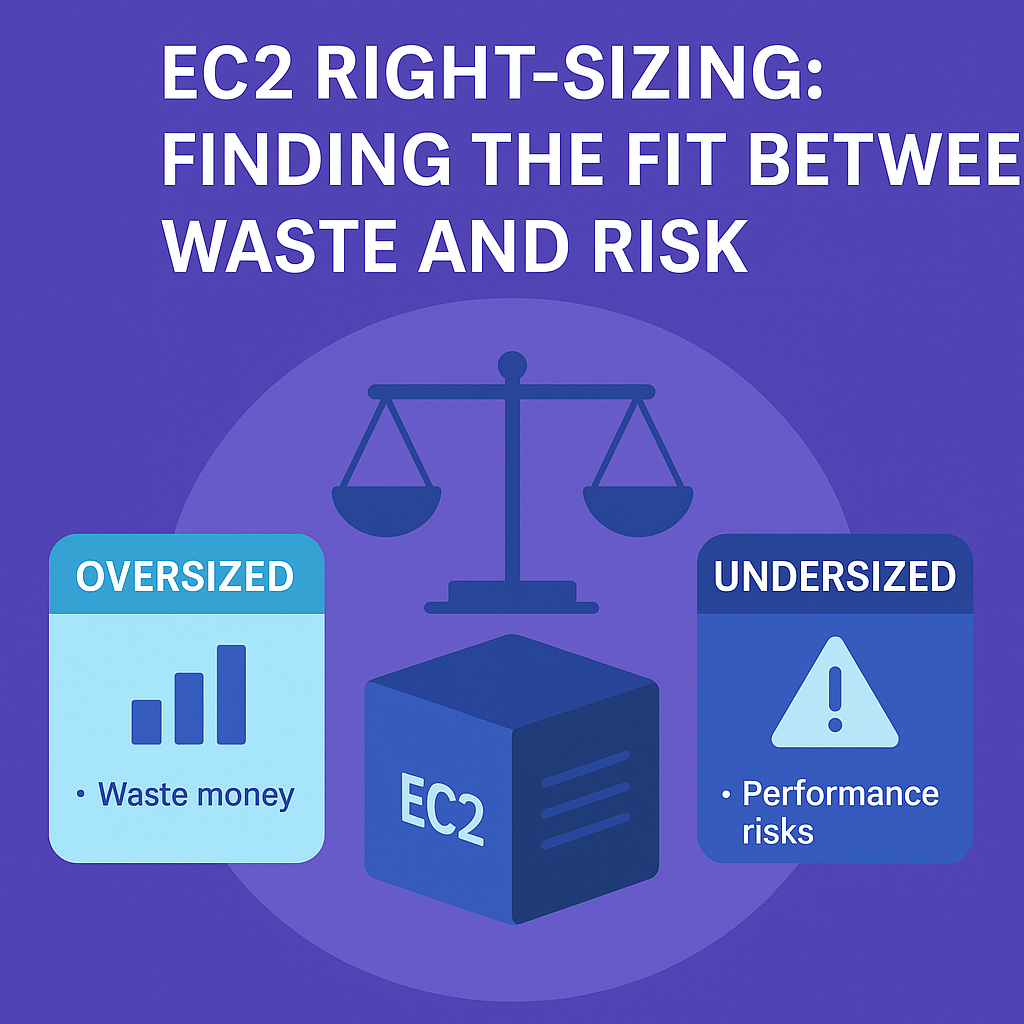🔐 IAM Permission Escalation: The Hidden Access Path
08/04/2025
—
Lensix
AWS Checks

When we talk about securing AWS environments, most people think about external threats, but one of the most critical and overlooked risks comes from overly permissive IAM configurations.
Lensix scans for users, roles, and policies that allow privilege escalation - either directly or indirectly - and flag admin-level access.
💡 Why it matters
There are many reasons to keep a tight rein on access controls. Here are a few of them:
- Least privilege is foundational to AWS security. Users with the ability to escalate can bypass guardrails, access unauthorized data, or modify critical infrastructure.
- Compromise amplification: A low-privilege user with escalation paths is a single misstep away from full control - whether by accident or malicious intent.
- Audit & compliance violations: Overly broad permissions are flagged in nearly every compliance framework, including SOC 2, PCI-DSS, and ISO 27001.
- IAM is complex and opaque: Without the right tools, these escalation paths can go unnoticed even in well-meaning teams.
🧩 How Does It Happen?
- "Just give me what I need": A dev or analyst needs temporary access, so someone grants full IAM or attaches AdministratorAccess directly.
- Inherited policies: Inline policies or broad permission sets get copied from older roles or templates, or are inherited via groups.
- Lack of review: IAM is often set once and left untouched for years. Nested policies or group access controls aren't readily visible when permissioning users.
- IAM blindness: Without proper tooling, it's hard to see which permissions allow escalation or lateral movement.
✅ What to do about it
- Review who can modify IAM policies or roles
- Limit admin access to the minimum set of necessary users, ideally behind MFA and change control.
- Use managed, scoped policies rather than custom policies with wildcards.
- Audit roles with PassRole permissions, especially those used in automation.
- Continuously monitor for changes - privilege drift is real.
🔁 Alternatives and Mitigations
- Consider permission boundaries for developers or CI/CD systems.
- Use Access Analyzer to validate trust relationships and unintended exposure.
- Use Lensix IAM checks to detect escalation risks before they're exploited.
- Split admin responsibilities across isolated roles (e.g., networking vs. IAM vs. billing) with guardrails.
💬 Bottom Line
The most dangerous IAM misconfigurations aren't always obvious. Users with the power to grant themselves more access often go unnoticed until it's too late.
Lensix helps surface these escalation paths and permissions risks so you can lock down your cloud before it becomes a problem.


